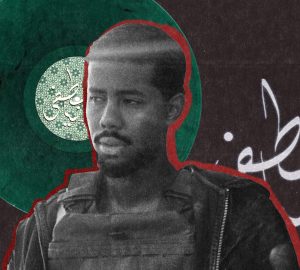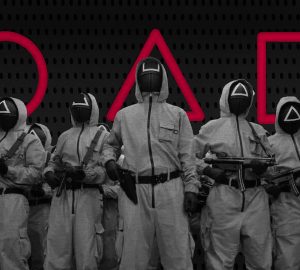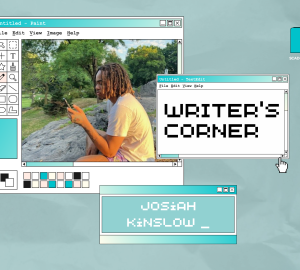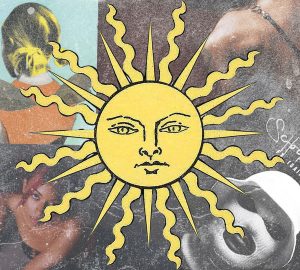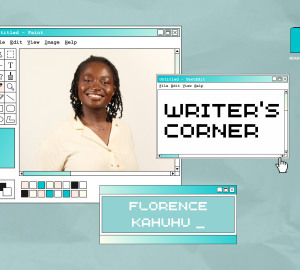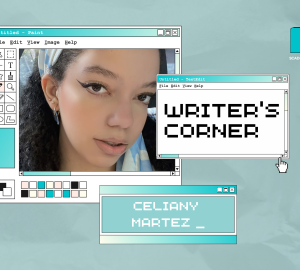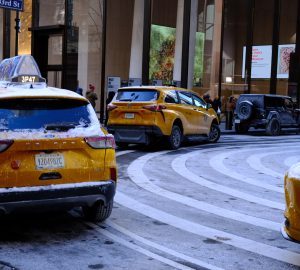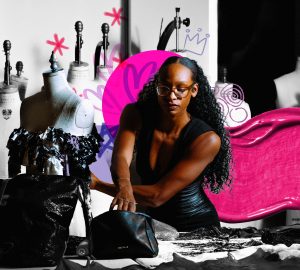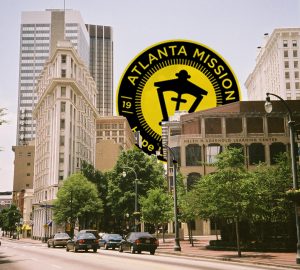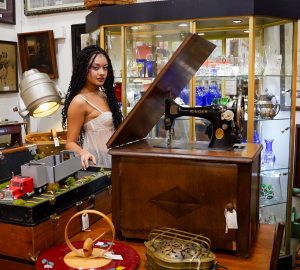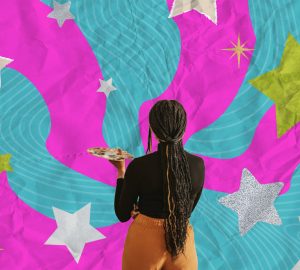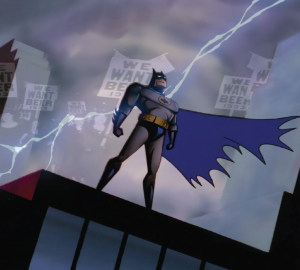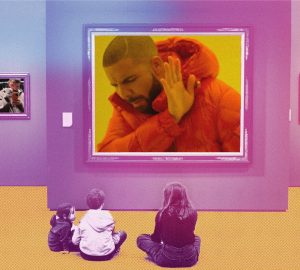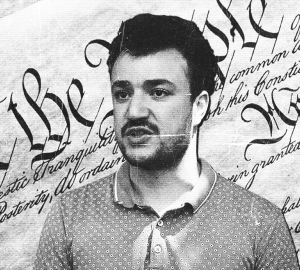Learn your craft front to back: An interview with photo creator Joel Dubroc
Joel Dubroc is a SCAD alumni photo creator from New Orleans, which he regards very highly. “It’s my favorite place I’ve ever lived… it’s home,” Dubroc says. “All my friends and family live here and they mean the world to me.”
Dubroc’s work has been featured in PhotoVogue, catching the eyes of many. However, the genius behind the photo lies in the process by which Dubroc creates his work.
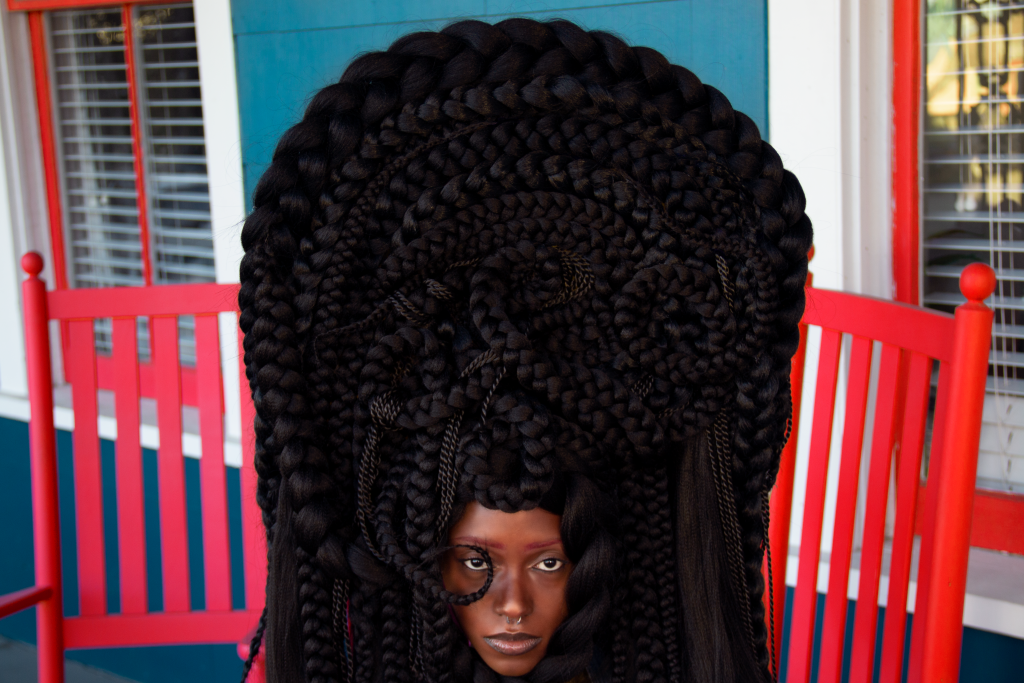
Photo courtesy of Joel Dubroc.
Dubroc’s process is deeply rooted in his desire to have fun with his craft. “When I was younger, I would always dress my friends and family up as a character, put them in costumes, and have them act like a character. And nothing has changed.” Dubroc feels as though he has gotten to continue his childhood through his professional career.
How would you describe the progress of your photographic style?
“I think it’s just reflective of different times in my life,” Dubroc says. “I think my work is so reflective of myself, the world around me, and the people that I love. They’ll influence me with the words they say, just through conversation. Becoming an adult — well I’m still a child, I’ll always be a child — but just being more mature and has helped me figure out what looks good. It’s funny the stuff I thought looked good, really didn’t look good. The progression just happened naturally, without knowing, except for just trying to elevate the work I’ve done before.”
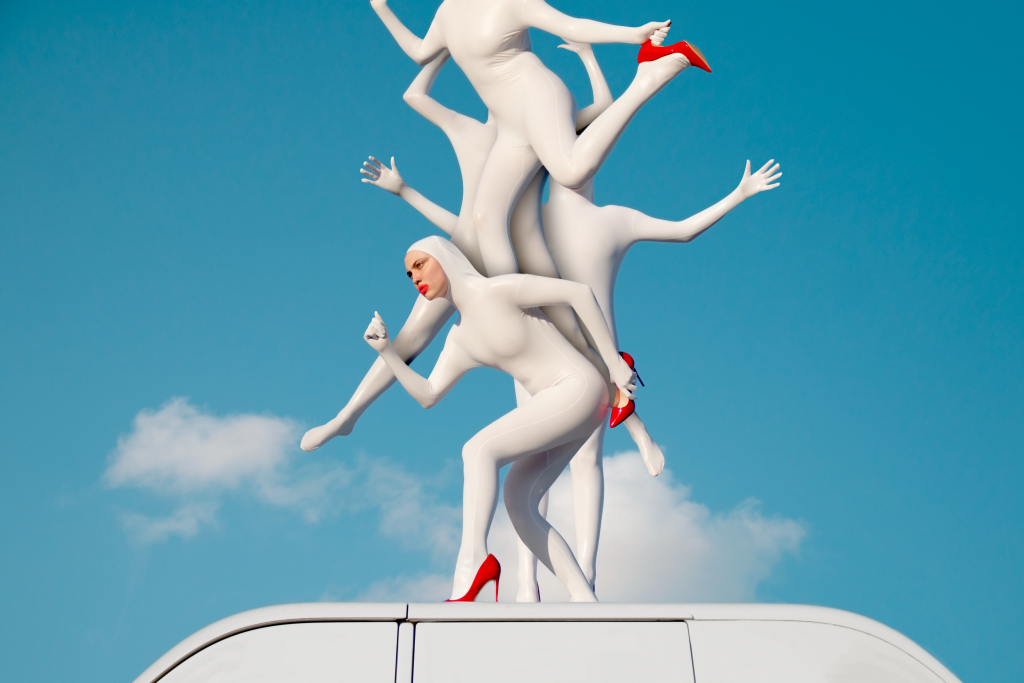
Photo courtesy of Joel Dubroc.
Tell us about your series, “Blue Book.”
“There’s a blue book about aliens where people will write manifestos,” Dubroc says. “But my series was more about America. I’m in America, so why not do something Americana? I became really invested in the Southern culture, American culture — if there really is an American culture. In New Orleans, there is a culture, but basically, it’s just about where I am and what’s surrounding me. I became a culture fanatic and wanted to digest everything around me, and ‘Blue Book’ is the product of that.”
How does New Orleans play a role in your work?
“It’s just me, my photography is just a reflection of me,” Dubroc says. “I feel like a lot of photographers aren’t willing to leave the studio. If you show Southern images to people who aren’t from here, they will think it’s wild.”
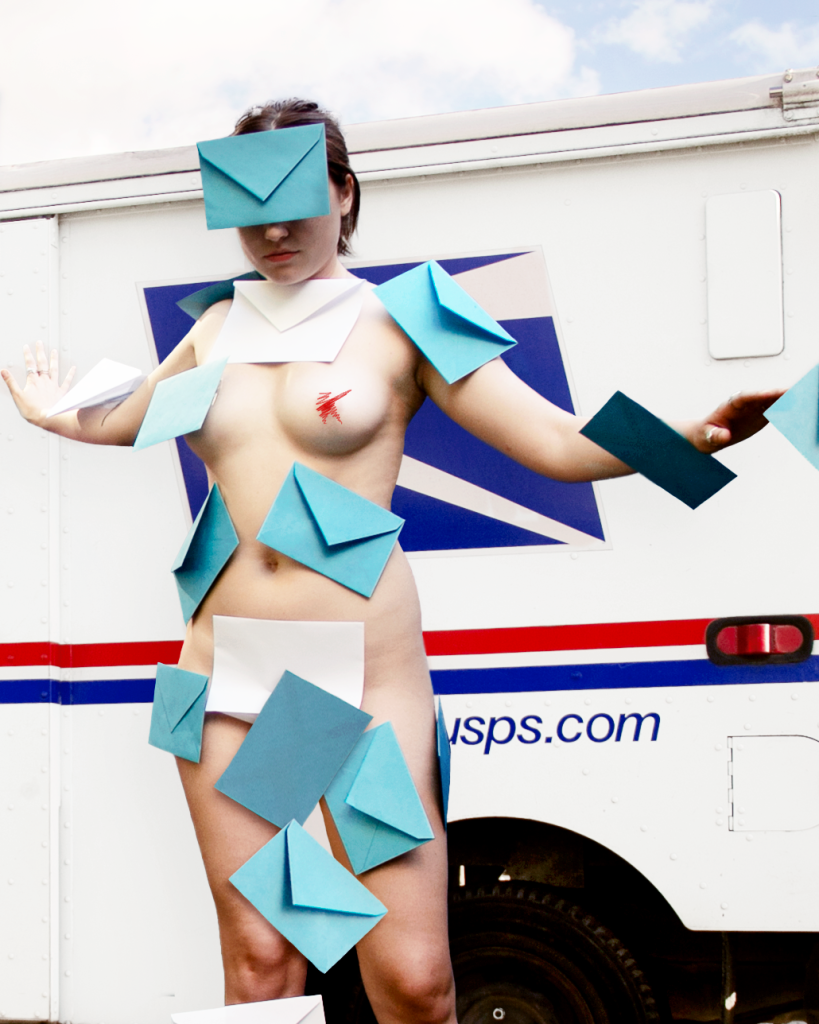
Photo courtesy of Joel Dubroc.
Tell us about your creative process.
“In all my work you see on my Instagram, I do all the hair, set design, makeup, postproduction, styling… I even make some clothes,” Dubroc says. “There’s a thing in hip hop culture where to be a true MC, you have to write your own raps, sit in a studio with a producer, and produce your own songs. And I think that’s the same with how I think about creating my art. I’m a true MC. I do everything front to back. I just did a cover for a magazine two weeks ago, and I did have a hair and makeup team there, and my first photography assistant. I normally just work alone. I told them exactly what I wanted and made sure that it was exactly the way I wanted it, because if it’s not, I’ll pick up the comb and I’ll tease the hair, I’ll curl the hair, and put the baby hairs exactly where I want them. Or, I’ll go on Amazon and get a $15 wig and make that shit look like $200. I think there’s room for me to work with other people. In that aspect, there’s room for collaboration, but I see what I see. And if I don’t see it, I don’t get excited about it. No one is going to tell me my vision because that’s what I do. I create visions in my head and make them possible visually. I’m down for collaboration, like with hair and makeup. If someone showed me a picture of what they were thinking, and I think it looks better than what I was thinking, I’ll go with their idea. But everything on my Instagram right now, besides the drag queen, everything is done by me. I’m proud of that because it makes me excited that I can look back on it and say, ‘That’s Joel, front to back.'”
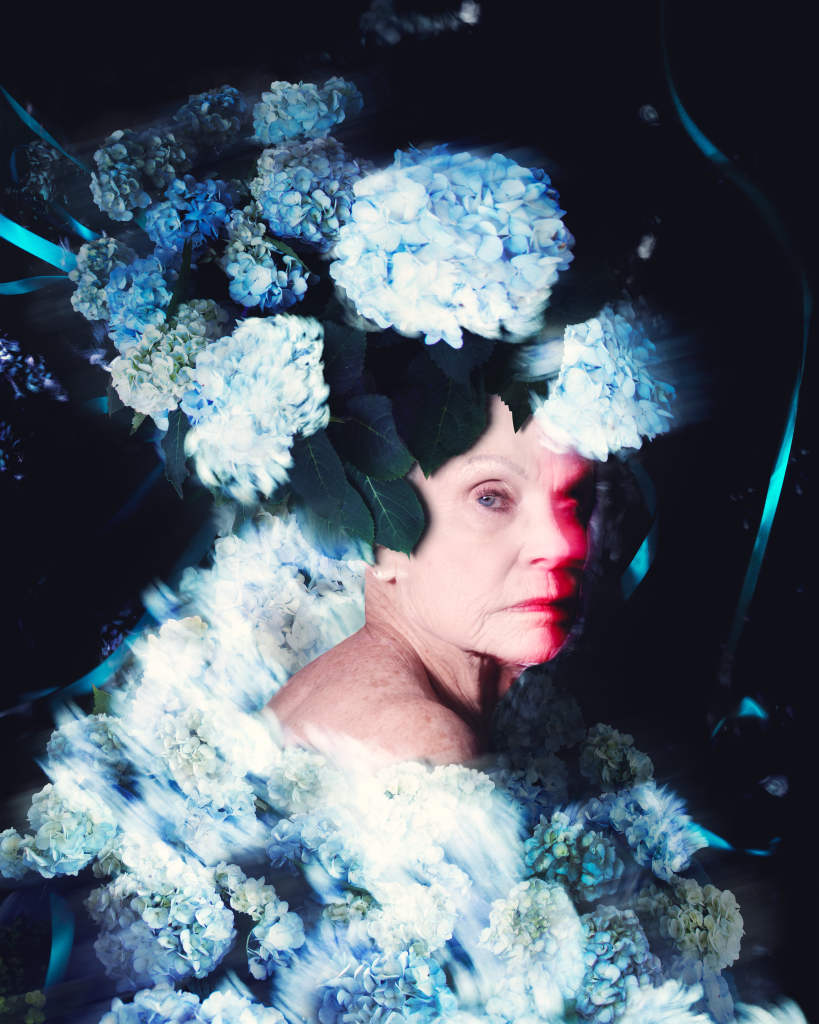
Photo courtesy of Joel Dubroc.
What is WAM?
“There’s a photo of my grandmother surrounded by hydrangeas. She was going through her first round of chemo. I said, ‘WAM, you’re going to feel fresh as a daisy.’ And she goes, ‘Oh Joel, I don’t want to be a daisy. I want to be more like a hydrangea.’ And I said, ‘That’s so fucking cool. I’m going to make you a hydrangea.'”
“While we were taking those pictures, she said, ‘Joel, I’ve never felt more like a child again,’ and that was so beautiful to me. Like, it’s not serious. Because we made something that is very serious, but we made it so lighthearted that it’s not serious anymore. Most of my images aren’t super deep. But some of my images might come from a place that may be about a serious topic in the end. When we were in the motion of taking the pictures and photographing, it didn’t feel deep. We become children again, and that’s the best part about it.”
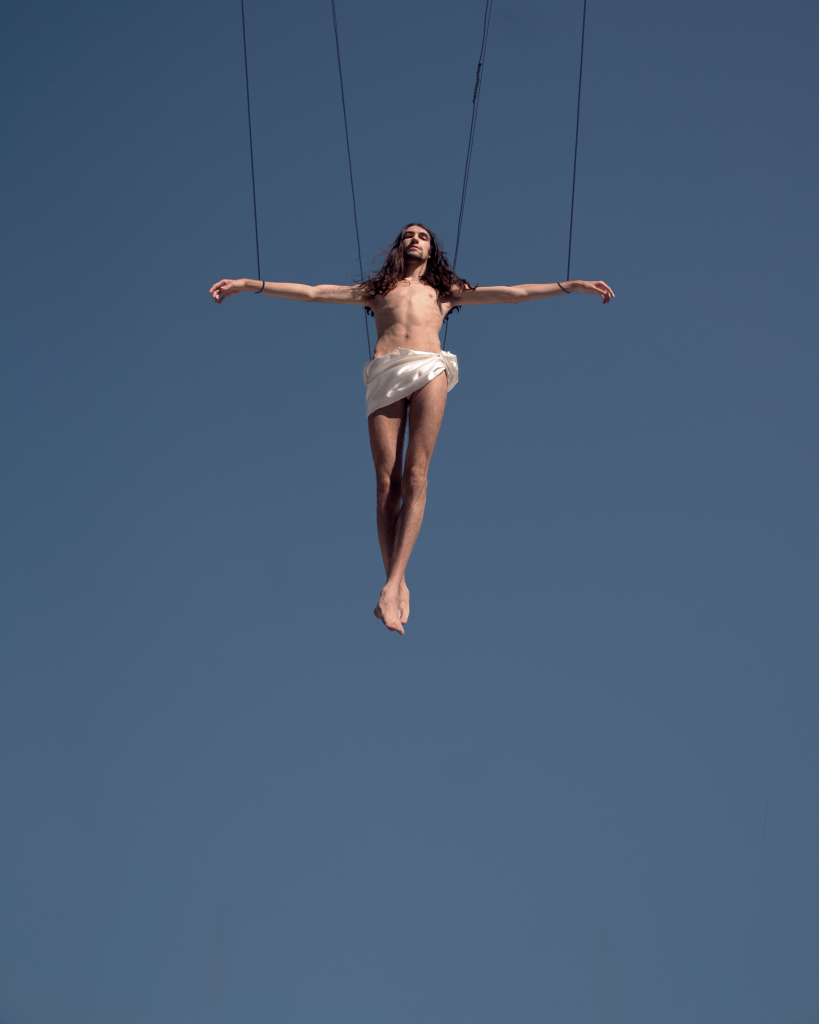
Photo courtesy of Joel Dubroc.
Tell us about “Pocket Jesus.”
“My godfather is a tiny man, he’s short just like me,” Dubroc says. “My dad would always call him ‘Pocket Jesus’ because he thought so highly of himself, like he was a godly figure, but you could still fit him in your pocket. So, that’s my version of ‘Pocket Jesus.’ The stuff that people say from my childhood — and continued childhood — is so important to me, and I hold onto the little things. It could be an insult, something funny, or something serious, but it’s things like that I hold onto and make images from. So, I guess that’s collaborative. They didn’t tell me to take a picture of ‘Pocket Jesus,’ but they’ll say it, and it’ll spark an image in my head. And I’ll make it.”
What’s a series or piece you are most proud of?
“I think I’m very proud of them as a whole. Because now, with AI… I hate AI. I think it’s the worst thing, a forum for laziness. I think photographers that use it shouldn’t consider themselves a photographer. I spent my whole life learning Photoshop from front to back. Like, all of these pictures. For instance, this one with the plane. You see the plane in the background and the chemtrails. This is photoshopped, but I took all the pictures. I stood outside the airport for hours waiting for a plane to take off. For people to type something into a computer and let the computer come up with something is laziness. So, all of them I’m proud of because I wasn’t lazy. I was the opposite of lazy. When I look back on it, it makes me super happy that I did it all.”
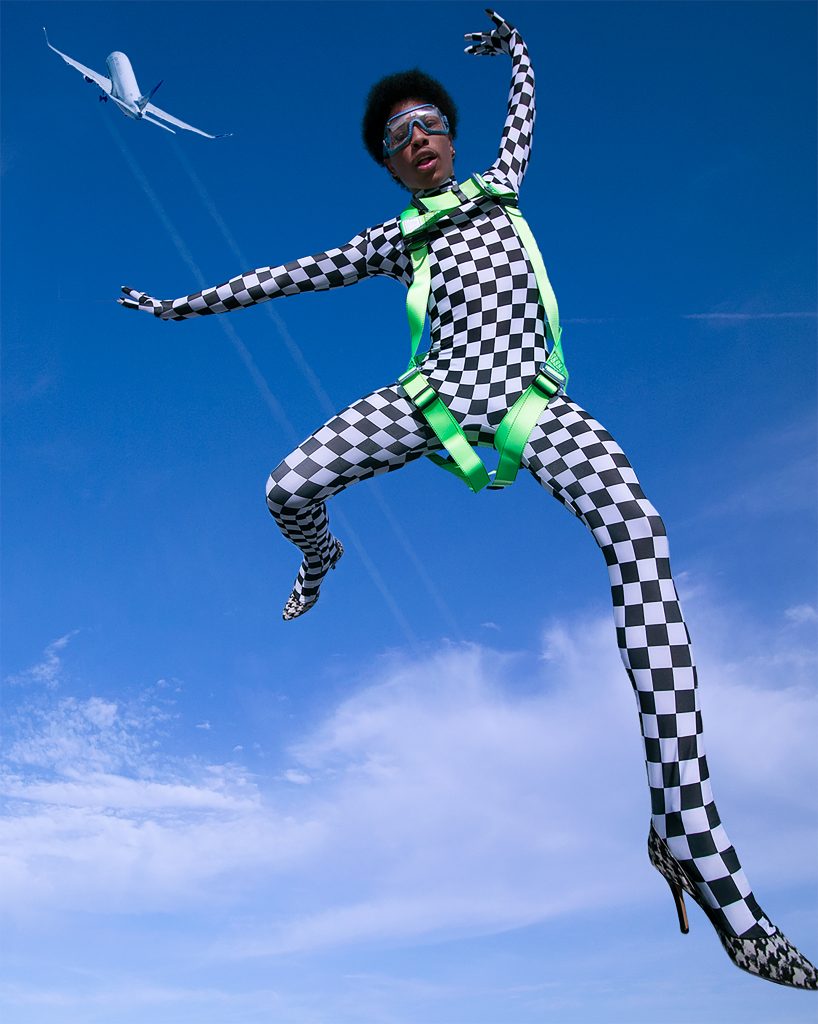
Photo courtesy of Joel Dubroc.
How do you promote your work?
“I don’t think I do a good job of promoting my work. I have so many photos right now that I refuse to post on Instagram because it’s such an ugly place. It’s all about stats and analytics, and the business of photography becomes such a competitive thing when it shouldn’t be. Photography should just be you, and you having fun. I miss real artists, real people, and real things. Just being present in the world around you and not on your phone 24/7. Promotion, to me, is to let it go. If I want photos out there, it’ll be out there. But if I don’t, I’ll hold onto it. And I’ll be the only motherfucker who ever sees it, and that makes me happy, too.”
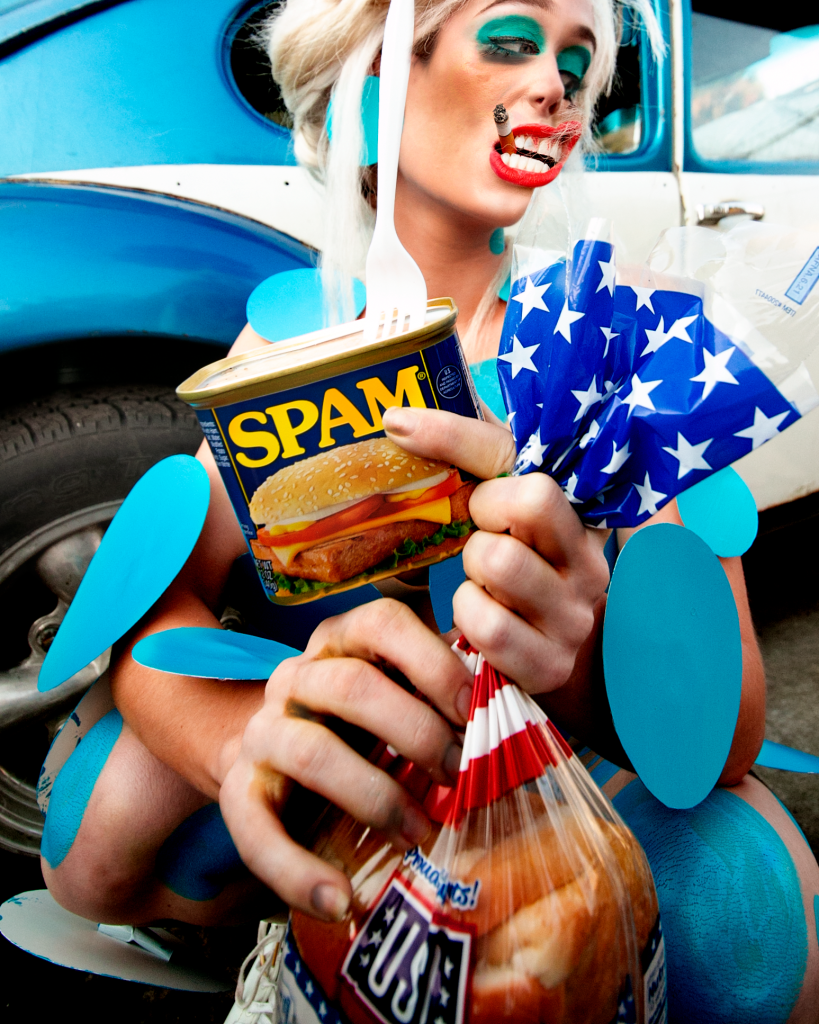
Photo courtesy of Joel Dubroc.
What are your sources of inspiration?
“I worked for David LaChapelle when I was very young for almost 3 years,” Dubroc says. “He taught me how to be a gay man. His way of life inspired me, as well as being immersed in his art. The past work he has done has influenced me, as well as Manray’s. Of course, through my whole SCAD time, the kids in my class also inspired me. As well as Rebecca Nolan and Tim Keating, two professors that I adore. Their work is so good, especially Tim. His work is phenomenal.”
How was your transition from being at SCAD to being a professional?
“I didn’t make a transition. Everything is the exact same, except I might make little-to-no money. But no transition. It’s the same thing for me, going out, taking pictures, and doing the same thing I love. I was very cautious about that, making sure that it’s not all business-oriented. This is who I am, this is what I have to do, and if I don’t create the vision I see in my head, I’m going to go crazy.”
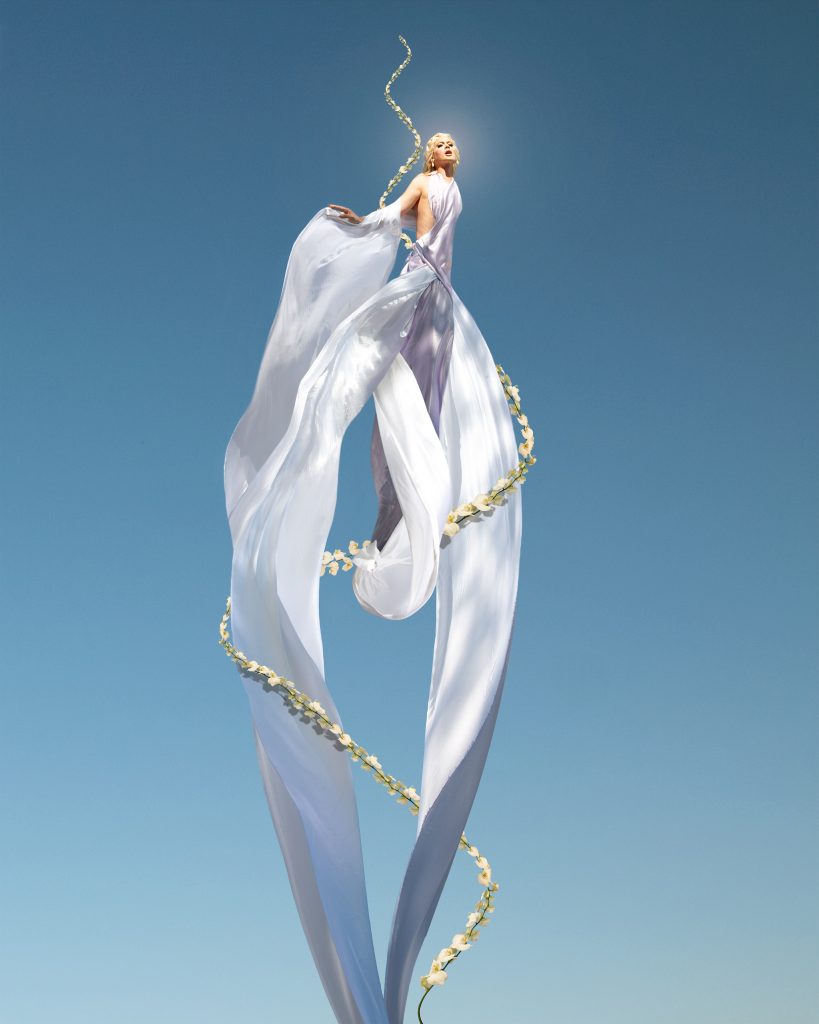
What advice would you give to SCAD students?
“Learn your craft front to back,” Dubroc says. “Why don’t you take the camera out, and do the whole thing front to back, and see how it turns out? It might turn out horrible, but you can say you did it. One thing I never understood is why students would have these huge teams of people. You’re in college to learn. You have to know every aspect of your business, front to back, and you have to at least perform it a couple of times to tell someone your vision. How are you going to tell a hair or makeup artist — or a fashion designer — your vision when you haven’t done it before? You can’t tell someone else to create your vision when you haven’t created it yourself.”
What are your future career goals?
“I want to get better at building a business, making money off doing something I love,” Dubroc says. “At the same time, I want to be genuine to myself. I want to just make sure that whatever I’m going through in life, to always be present. Just let the waves take me, and if I wind up on a deserted island, I’ll be like Captain Jack Sparrow and tie myself to two sea turtles to escape the island.”
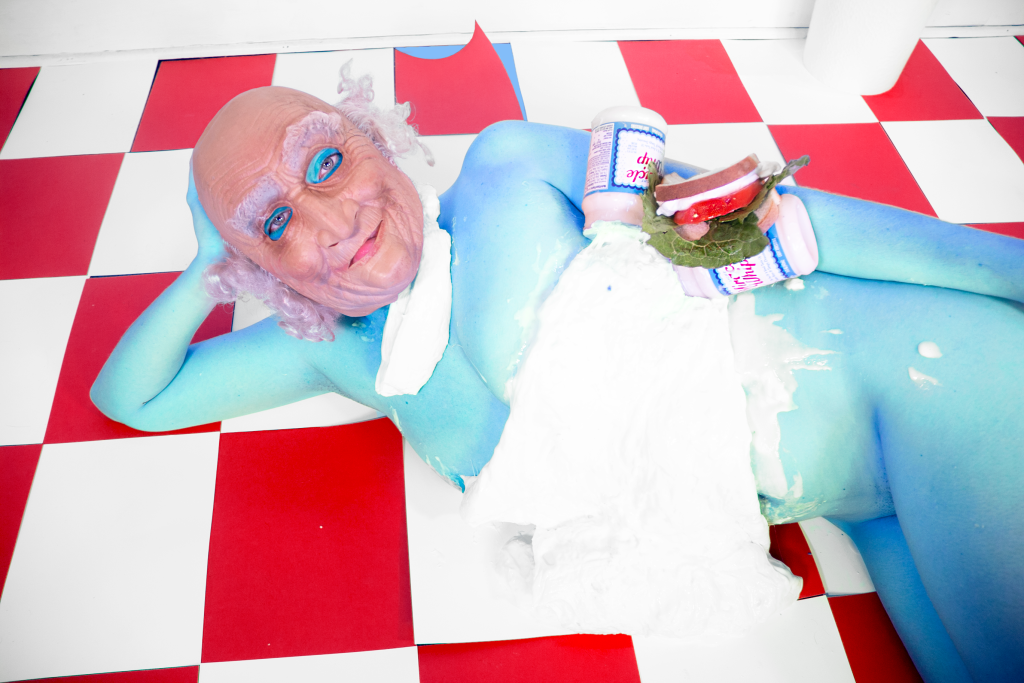
Photo courtesy of Joel Dubroc.
Any last words for SCAD artists?
“Don’t support AI photography. Don’t like the photo, don’t comment, and don’t support any form of laziness. It’s going to hurt us in the long run. None of us will have jobs in the future if this continues.”
Follow Joel Dubroc on Instagram or visit his website to keep up to date with his current work.



